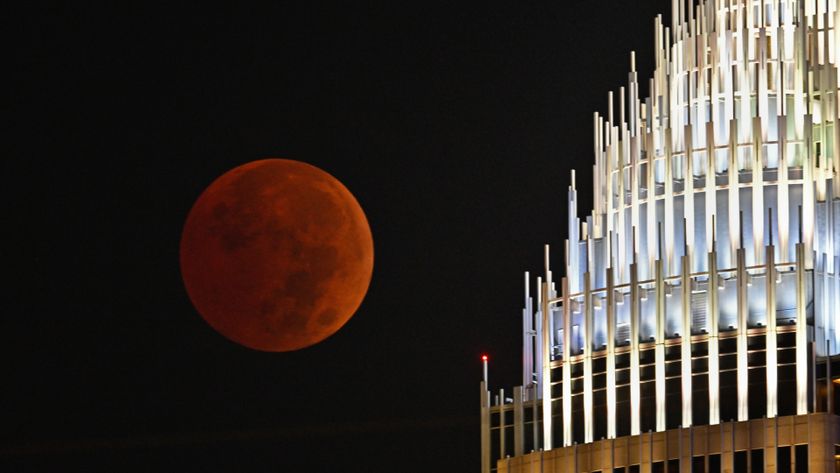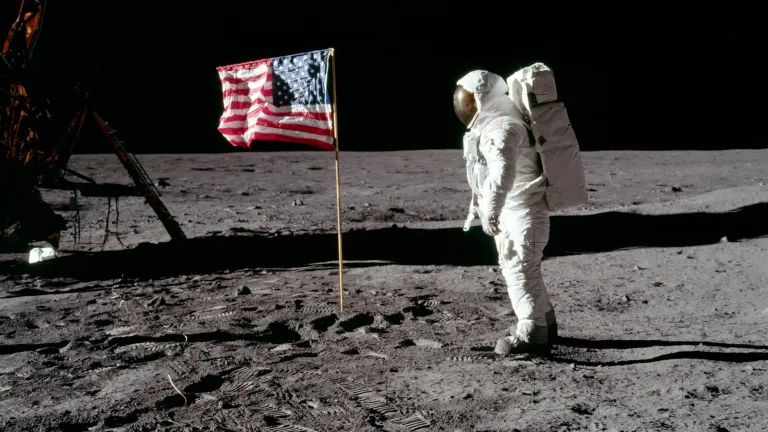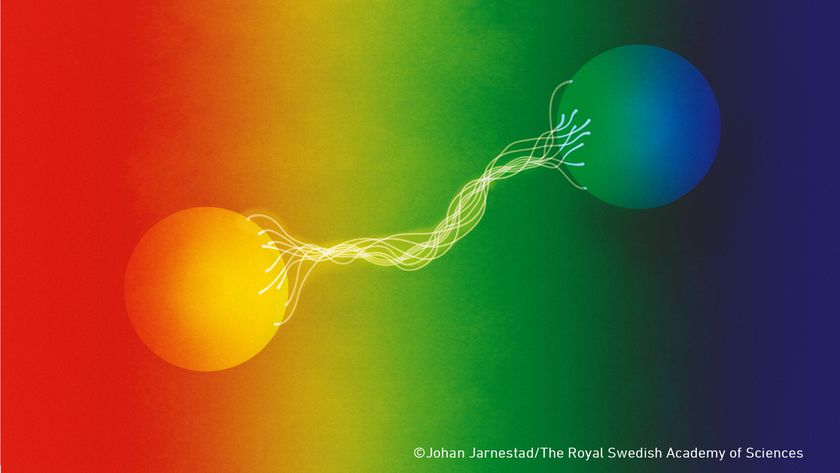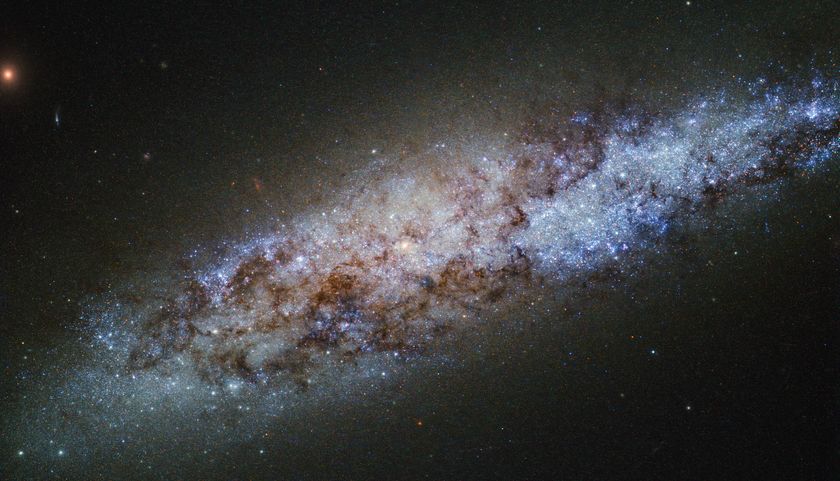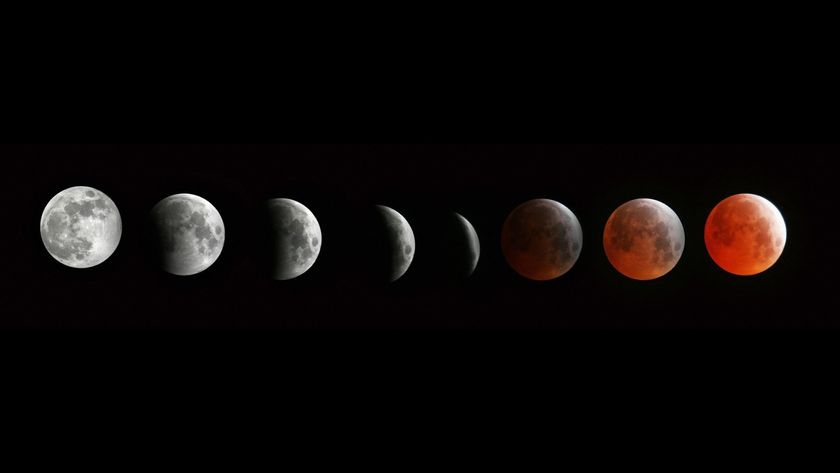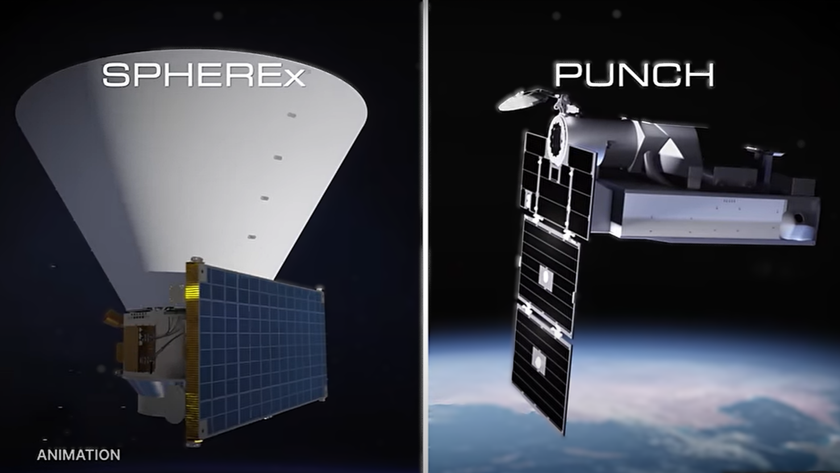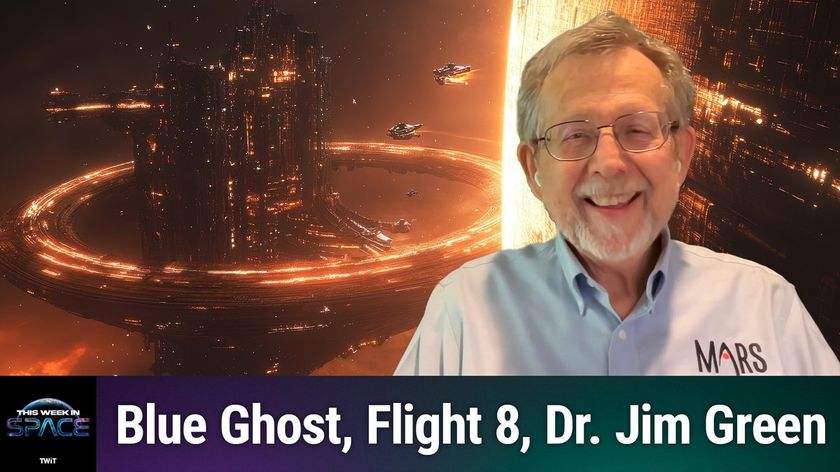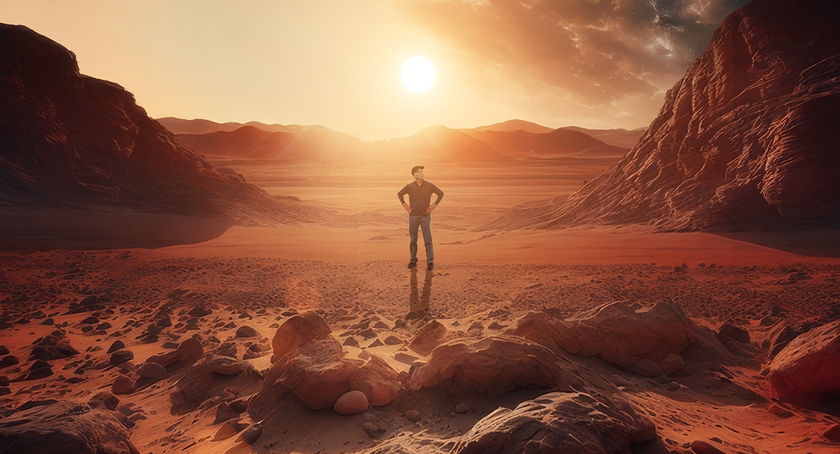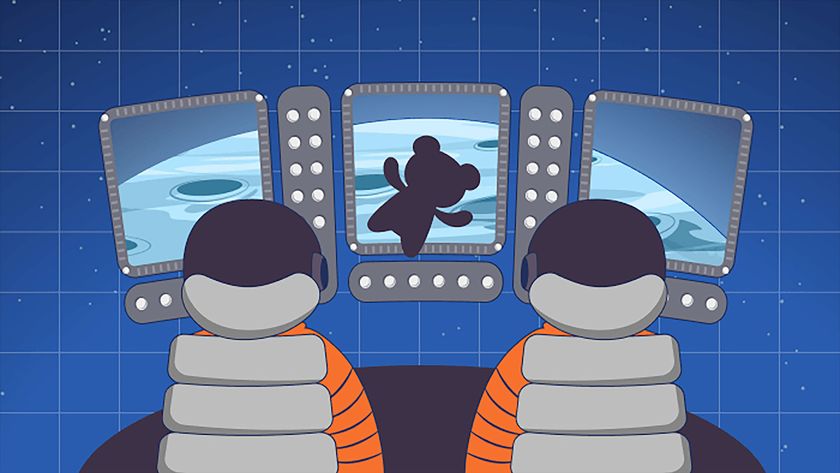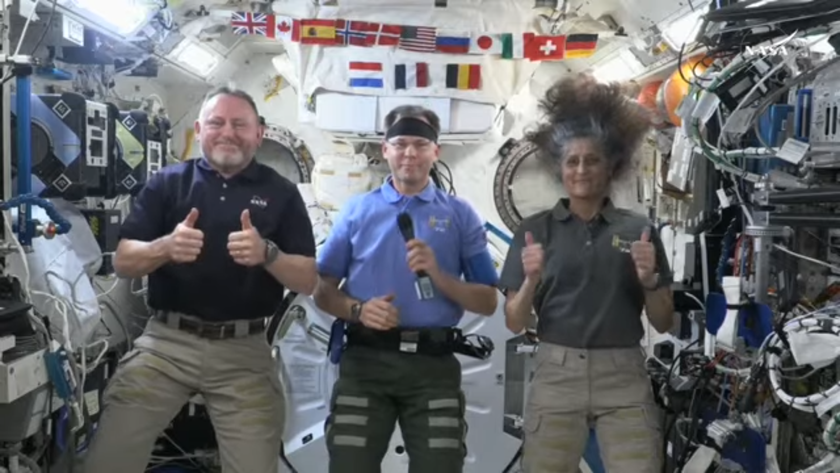
How Cameras Reveal the Northern Lights' True Colors (Op-Ed)
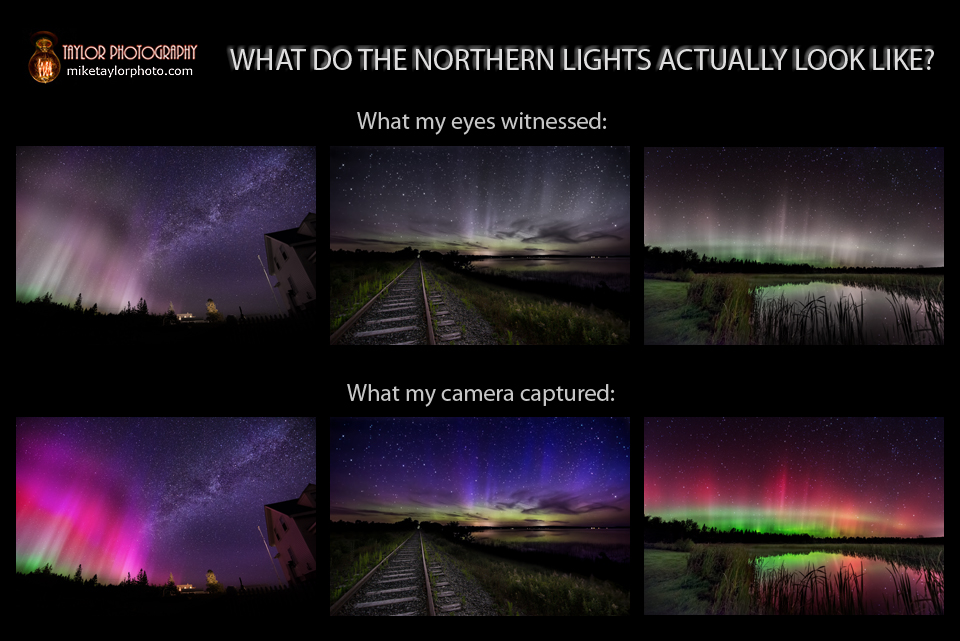
Mike Taylor has been a scenic and nature photographer for over 10 years and a studio photographer for seven years. This Op-Ed is adapted from a piece that appeared on EarthSky. Taylor contributed this article to SPACE.com's Expert Voices: Op-Ed & Insights.
While observing auroras — the Northern and Southern Lights — is a truly awe-inspiring and often breathtaking experience, the images that come out of modern-day DSLR cameras do not match what an observer witnesses in real life.
I've photographed fantastic Northern Lights displays, and I've been lucky enough to observe a wide range of colors, including greens, purples, yellows, oranges, reds, magentas and blues. But I never really know what the true color of the aurora is unless I'm looking at my camera's LCD viewfinder screen, or more importantly, viewing the images on my computer. Why?
The simple answer is because human eyes can't see the relatively "faint" colors of the aurora at night. Human eyes have cones and rods — the cones work during the day and the rods work at night.

On the website Astropix, Jerry Lodriguss describes it this way: "Humans use two different kinds of cells in their eyes to sense light. Cone cells, concentrated in the fovea in the central area of vision, are high resolution and detect color in bright light. These are the main cells we use for vision in the daytime. Rod cells, concentrated in the periphery around the outside of the fovea, can detect much fainter light at night, but only see in black and white and shades of gray. [Aurora] only appear to us in shades of gray because the light is too faint to be sensed by our color-detecting cone cells."
Thus, the human eye primarily views the Northern Lights in faint colors and shades of gray and white. DSLR camera sensors don't have that limitation. Couple that fact with the long exposure times and high ISO settings of modern cameras and it becomes clear that the camera sensor has a much higher dynamic range of vision in the dark than people do.
The same factors apply regarding the Milky Way and night photography. Some folks claim that they can see many colors during an aurora display, and that may be true. I have definitely seen light shades of green, red and violet-purple, but I can only speak for myself and my empirical knowledge — your experiences may vary. However, the farther north your viewing location, the more colors you can actually see because the aurora is stronger.
Get the Space.com Newsletter
Breaking space news, the latest updates on rocket launches, skywatching events and more!
The accompanying graphic shows what I mean. The three scenes exemplify the most impressive aurora displays I've witnessed. I desaturated the skies by color in the top row of images (green, yellow, red, magenta, purple, blue) to show what I saw with my eyes. A bit of green has been retained on the horizons and just a bit of the color that I remember seeing above that — red, violet and red respectively.
Note: I generally set the white balance on my camera to Kelvin 3450 to 3570 when shooting the features of the night sky, but I will also take a few frames with it set on Auto to see what colors the camera thinks it should be capturing. Most times, I end up going with the Kelvin setting, which is a little bit on the cool/blue side of the spectrum. The EXIF data for these shots are K-3450, K-3570, K-3570 respectively. I process all my photos through Lightroom 4 and Photoshop CS5 and I certainly have an "artist's view" when bringing an image to life, but when it comes to these strong aurora scenes, the colors have not been saturated very much because Mother Nature did that work beautifully.
Pemaquid Point Lighthouse (crazy magenta curtains):
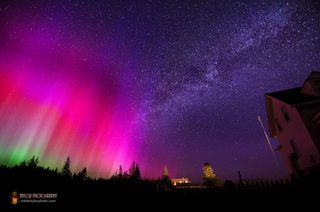
When I captured this image, I saw "dancing lights" in the sky, spiking straight up starting around a few hundred feet off the ground. They waved a bit like curtains, but stayed in basically the same area. They seemed to be kind of a blur, though — the "spikes" were not well-defined. There was definitely a green hue on the horizon and a bit of red color above that, but I didn't see the crazy red and magenta colors that my camera recorded. I saw what appeared to be white/gray "curtains" dancing along the black sky.
Unity Train Tracks (blue colored spikes):
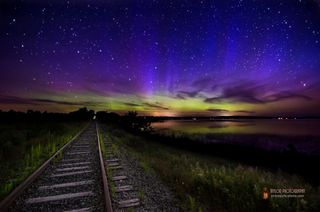
During this aurora, I didn't see much of anything, but I set up, started shooting and immediately saw green on the horizon — on my camera screen. I set the camera to shoot 30-second exposures for an hour, with just a few seconds in between, so that I could quickly review the scenes on the LCD screen as my camera snapped away. Within 10 minutes or so, I saw sharp spikes or columns shooting up and slowly moving across the sky. To my eye, they appeared to be a light violet-purple color, enough that I actually posted a status update to Facebook at 2:24 a.m. that said, "You know the aurora is cranked up when you can see the purple spikes with your naked eye." When the display died down, I quickly looked through my images, but I didn't really know the spikes were blue until I viewed them on my computer.
Small Pond Outside of Unity (incredible oval and screaming spikes):
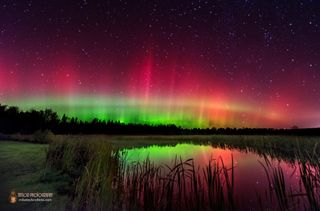
This was the most impressive oval I've ever seen, a perfect arc that covered the northern sky's horizon. The tallest and crispest "spikes" I've witnessed, they reached all the way to the stars. Again, I saw definite green around the oval at the horizon, but the spikes themselves were white-gray, not the intense red that my camera captured.
The intensity of an aurora always ebbs and flows — sometimes it is quite strong and other times it is mild. If you can see a simple glow or swirling lights on the horizon, "spikes" shooting into the sky that look like spotlights, or "curtains" of light — pay attention and be patient. The display can last just a few minutes, a half hour or longer. Most of the intense shows I have witnessed in central and northern Maine have lasted right around a half hour.
Note: The information included in this article applies to areas in the Northern Hemisphere around the 50 degree latitude mark or below.
The views expressed are those of the author and do not necessarily reflect the views of the publisher. Follow Taylor on https://www.facebook.com/miketaylorphoto, http://gplus.to/miketaylorphoto, http://pinterest.com/taylorphoto1 and http://miketaylorphoto.com. This version of the article was originally published on SPACE.com.
Join our Space Forums to keep talking space on the latest missions, night sky and more! And if you have a news tip, correction or comment, let us know at: community@space.com.

